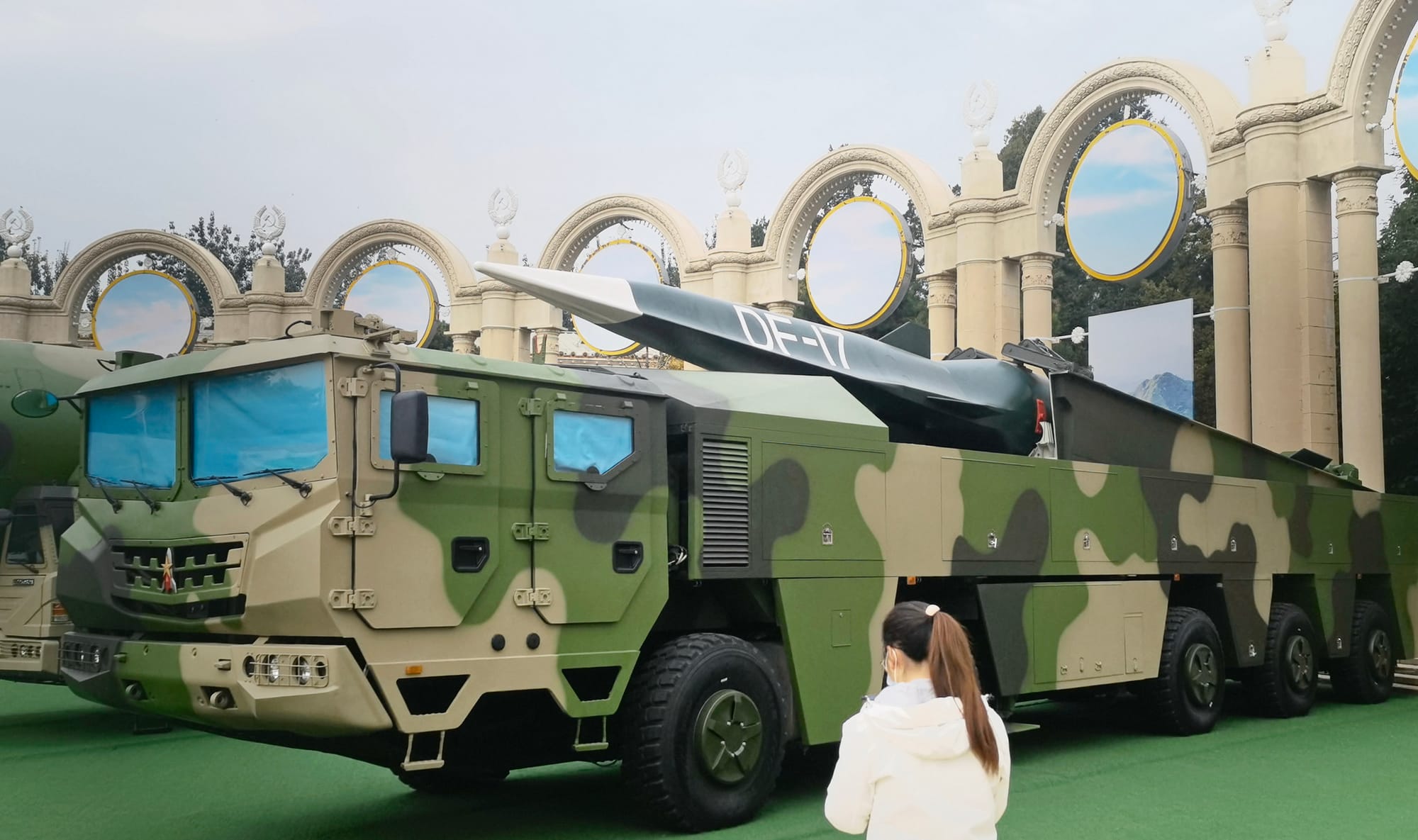Ripple Effects of Semiconductor Sanctions on Military Technology
Understand the role of semiconductors in modern military technology and the global impact of U.S.-led semiconductor sanctions. Learn how restrictions on advanced chip exports are blocking defense capabilities, delaying innovation, and intensifying geopolitical tensions.

Semiconductors are nowadays at the heart of every modern technology - powering everything from smartphones to cutting-edge military systems and defense technologies. These tiny chips are essential for maintaining global economic and military dominance, making them a key focus of international policy. Recent semiconductor sanctions, such as U.S. restrictions on advanced chip exports to China in 2023 and additional measures implemented in 2024, underscore their perceived strategic importance, though critics argue these actions could exacerbate global tensions and economic fragmentation. In any case, these measures are shaking the global tech and logistics landscape while having a profound impact on military capabilities.
Why Semiconductors Are Vital for Military Technology
Military systems today depend on semiconductors to function effectively. From the F-35 fighter jet to precision-guided munitions and advanced radar systems, chips enable critical operations. Nations striving to modernize their defense capabilities, like China’s push for AI-driven weapon systems, are heavily reliant on access to high-performance chips. For more insights on AI-driven military technologies, see our coverage of AI Defense Firms Collaborating to DominatePentagon Tech.
For instance, hypersonic weapons and autonomous drones require chips capable of handling vast amounts of data in real-time. When access to these chips is restricted, it delays or limits a country’s ability to develop and deploy advanced technologies. Our article on hypersonic capabilities and testing initiatives explores this further.

The Role of Semiconductor Sanctions
Semiconductor sanctions are a powerful geopolitical tool, targeting the technological edge of adversaries. The United States and its allies dominate the semiconductor supply chain, with Taiwan Semiconductor Manufacturing Company (TSMC) and South Korea's Samsung leading global production. This dominance, however, can be viewed differently by other nations, which may perceive it as a concentration of critical resources that heightens geopolitical dependencies. Export controls, such as those imposed on Russia after its invasion of Ukraine, have limited access to advanced chips and disrupted military manufacturing.
In 2022, the U.S. introduced sweeping restrictions on chip exports to China, specifically targeting military-grade technologies. These sanctions blocked access to equipment needed to produce advanced chips below 14 nanometers, a critical threshold for AI and other high-performance applications.
In 2024, the U.S. further tightened these restrictions by implementing new controls targeting 24 types of chipmaking tools, advanced memory technologies like high-bandwidth memory (HBM), and key players in China's semiconductor supply chain. While these measures aim to curb China’s technological advancements, they also raise concerns about potential disruptions to global technology markets and unintended consequences for U.S. businesses reliant on Chinese supply chains. Additionally, over 140 Chinese firms were added to the export blacklist, further hampering China’s technological advancements.
Meanwhile, Russia has been forced to use commercial off-the-shelf chips in its military hardware, a sign of how sanctions are impacting its defense industry. For example, Russia’s reliance on outdated chips for cruise missiles during the Ukraine conflict has exposed its limitations. At least for now.
How Sanctions Affect Military Development
The consequences of semiconductor sanctions for military development are far-reaching:
- Delays in Innovation: Nations like China and Russia face obstacles in developing next-generation technologies. The lack of access to cutting-edge chips hinders progress in fields like AI, hypersonic weapons, and autonomous systems.
- Increased Costs: Building domestic chipmaking capabilities is a costly and time-intensive process. Despite significant investments under initiatives like China’s "Made in China 2025," achieving parity with global leaders such as TSMC remains a distant goal.
- Reduced Capability: Without access to advanced chips, militaries are forced to depend on legacy systems. This reliance on older technology can diminish operational effectiveness in modern combat scenarios.
The Broader Impact of Semiconductor Sanctions
The effects of semiconductor sanctions extend beyond targeted nations. They have significant implications for global supply chains and geopolitical dynamics:
- Supply Chain Instability: The semiconductor supply chain is already under pressure due to geopolitical tensions. Taiwan, a leader in chip manufacturing, faces growing threats from China, further highlighting the fragility of this system. China’s 2024 export bans on critical materials like gallium, germanium, and graphite in retaliation for sanctions are exacerbating these vulnerabilities.
- Global Tech Decoupling: The U.S. CHIPS and Science Act of 2022 and similar initiatives aim to encourage domestic chip production and reduce reliance on Asia. However, this push for self-sufficiency has encountered challenges such as project delays and workforce shortages, potentially slowing innovation and fragmenting the global technology ecosystem.
- Shift in Alliances: Nations like Iran and North Korea are strengthening ties with sanctioned countries like Russia, forming alternative trade networks to circumvent restrictions. Read more about Russia and its strengthened alliances. These actions, while often framed as adversarial, may also be driven by economic necessity or strategic efforts to address perceived inequalities in global trade dynamics. This realignment underscores the broader geopolitical shifts resulting from semiconductor policies.
The Future of Semiconductor Sanctions and Military Tech
Semiconductor sanctions are becoming a cornerstone of economic and military strategy. As nations seek to maintain technological superiority, restrictions on advanced chip technologies will continue to shape the global power balance. The ongoing U.S.-China technology rivalry and Russia’s struggles to modernize its military during the Ukraine war underscore the significance of these policies.
The newly introduced U.S. restrictions in late 2024 are expected to further delay the development of next-generation military technologies in adversarial nations. Additionally, China’s countermeasures, such as limiting exports of key high-tech materials, are likely to disrupt industries globally and intensify the technological divide.
For governments and defense strategists, understanding the ripple effects of semiconductor sanctions is critical. Decisions made today will determine the future of military innovation and the balance of power in the decades to come.

FAQs About Semiconductor Sanctions and Their Impacts
Why are semiconductors important for military technology?
Semiconductors enable critical operations in advanced systems like fighter jets, drones, and precision-guided munitions. They are essential for real-time data processing in next-generation technologies.
How have U.S. sanctions impacted China’s technology sector?
U.S. sanctions have restricted China’s access to advanced chipmaking tools and technologies, delaying progress in AI and military-grade chip production.
What are the broader implications of semiconductor sanctions?
Sanctions have disrupted global supply chains, increased costs for domestic chipmaking, and led to geopolitical realignments, including closer ties between sanctioned nations.
How is the U.S. addressing reliance on foreign chip production?
The U.S. CHIPS Act aims to boost domestic semiconductor manufacturing, though challenges like project delays and workforce shortages remain obstacles.
What might the future hold for global semiconductor policies?
The ongoing U.S.-China rivalry and emerging alternative trade networks suggest continued tension and potential fragmentation of the global semiconductor ecosystem.






